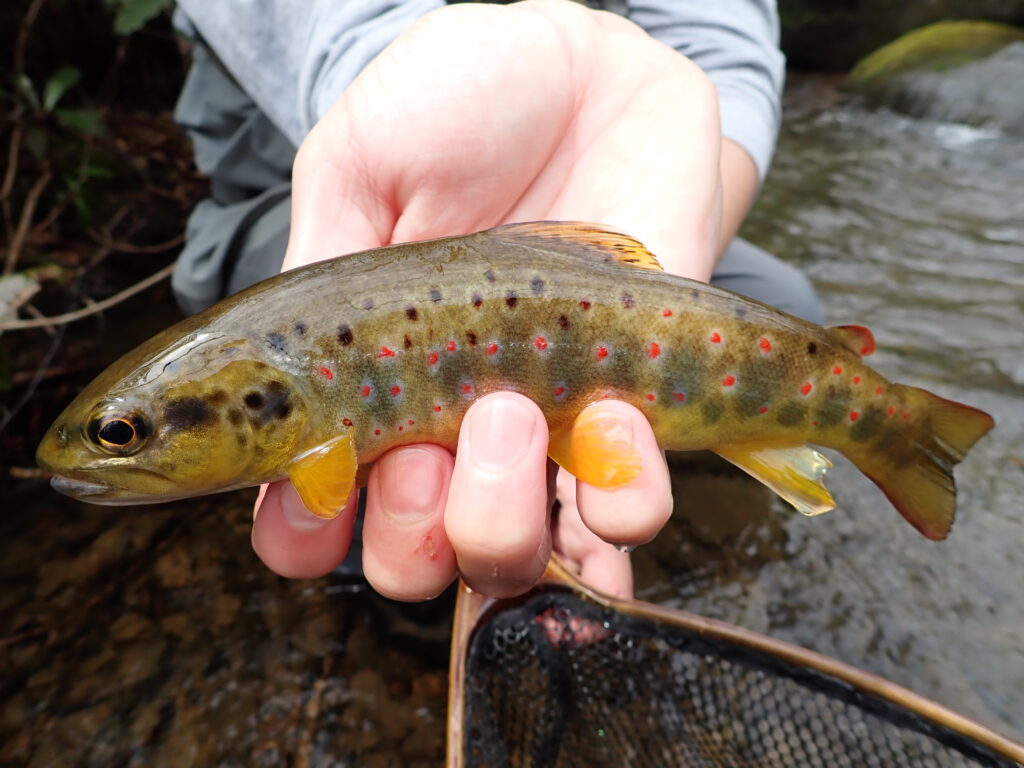The continued maintenance and restoration of longleaf pine forests will benefit wildlife, habitat, landowners, and local economies.
In a new report, America’s Longleaf Restoration Initiative (ALRI) highlights the critical need to continue maintaining, improving, and restoring longleaf pine forests for the benefit of sporting traditions and recreation, local economies, national defense, rare species, forest resiliency, wildfire risk, clean air and water, carbon sequestration, and climate change mitigation.
When longleaf pine forests are at the healthiest levels, they are among the most diverse forest ecosystems in the world and provide unique wildlife habitat, supporting bobwhite quail, wild turkey, white-tailed deer, and Florida black bear. These forests are one of the best for helping wildlife recover from changes in food, shelter, and movement and they are more resistant to insects, disease, fire, and other risks than other southern pine forests. They play an important role in reducing the effects of climate change on biodiversity and benefit wildlife, habitat, hunters and anglers, landowners, and local economies.
In 2015, U.S. Department of Agriculture Research Forester Christopher Oswalt wrote, “Longleaf pine was once one of the most ecologically important tree species in the southern United States.” Over the last century, longleaf pine forests declined from nearly 90 million to approximately 3 million acres in the mid-1990s.
ALRI was started to turn suitable cropland to longleaf pine forests. In 2008, the ALRI Comprehensive Plan was developed to maintain, improve, and restore these forests. Through the efforts of ALRI and their partners, and with support from the Conservation Reserve Program (CRP), there are currently almost 5 million longleaf pine forest acres in the Southeast.
Introduced in the 1985 Farm Bill, the Conservation Reserve Program incentivizes landowners to put a portion of their acreage into conservation cover, particularly on lands that would be more productive as wildlife habitat than they would be for crops. By assisting farmers and landowners in achieving both farming and conservation goals, the CRP helps protect natural resources by establishing land cover, improving water quality, and increasing wildlife habitat. CRP funds typically reimburse a portion of expenses for approved conservation practices. The Longleaf Pine Establishment program is a great example of a CRP conservation practice and serves as a guide for planting longleaf pine trees and native grasses to support successful prescribed fire management and improve wildlife habitat.
The reported successes of America’s Longleaf 2022 Range-wide Accomplishment Report means positive outcomes for us all. In 2022, ALRI partners established more than 123,000 acres of new longleaf, implemented prescribed fire on more than 1.7 million acres, and protected 38,000 acres of land. Moving forward, ALRI is focused on tackling the highest priorities for the longleaf landscape and working towards increasing longleaf coverage to 8.0 million acres.
By maintaining, managing, restoring, and improving longleaf ranges we can provide wildlife habitat that is critical to our hunting and fishing opportunities. The Theodore Roosevelt Conservation Partnership works to maintain and strengthen the future of hunting and fishing by uniting and amplifying our partners’ voices in conserving and restoring wildlife populations and their habitat as challenges continue to evolve.
To read America’s Longleaf 2022 Range-wide Accomplishment Report, click here.
.





